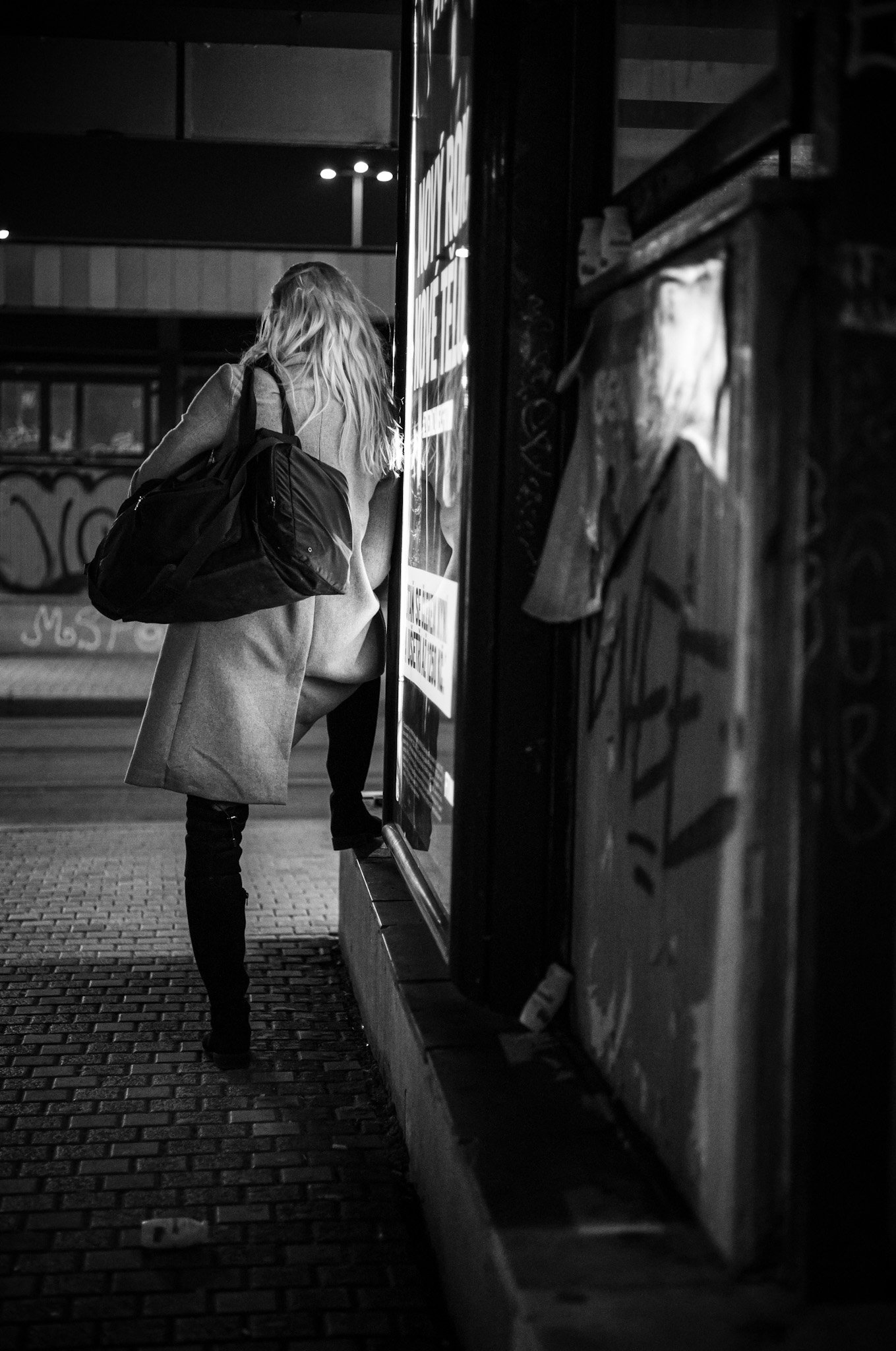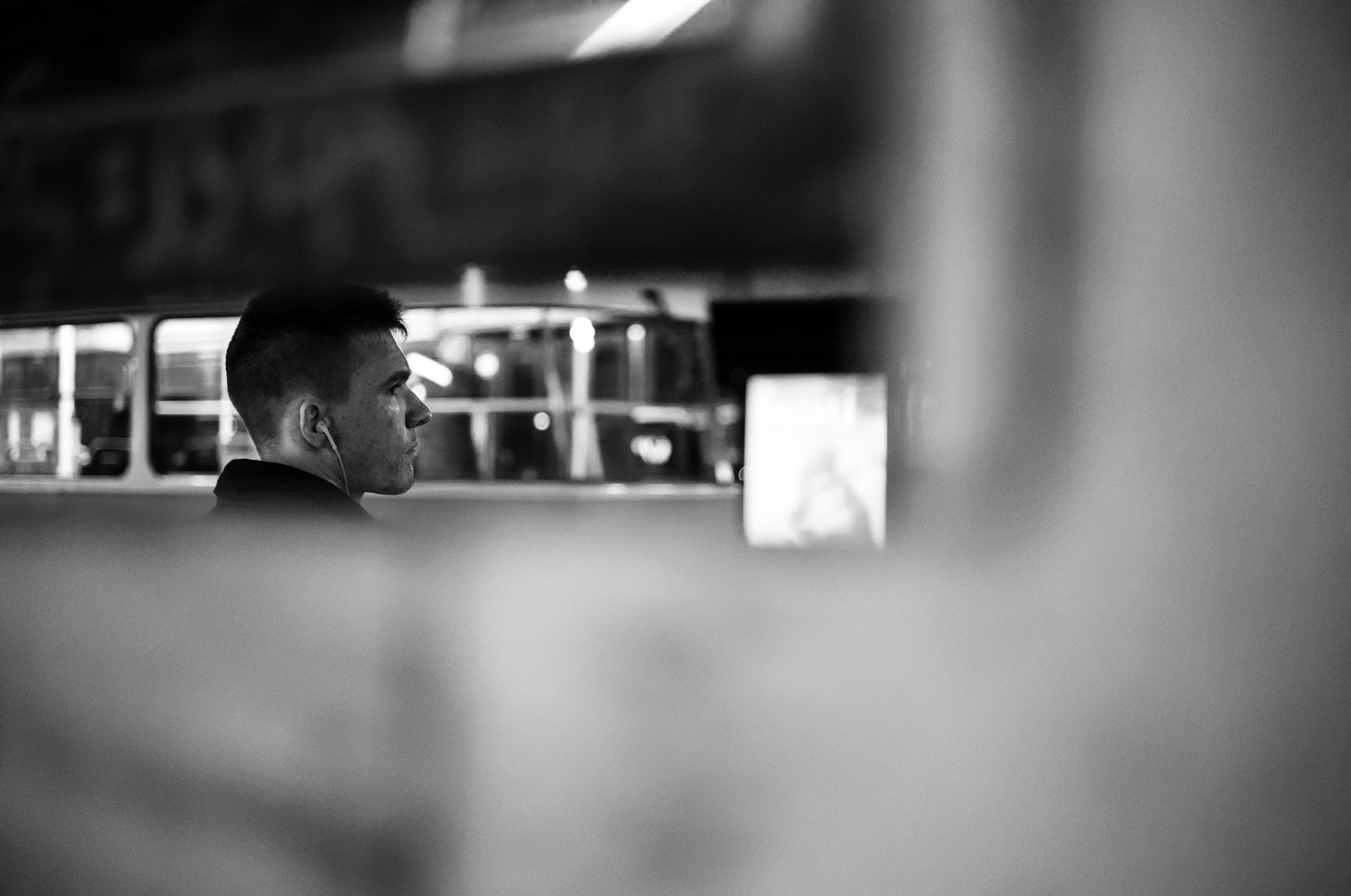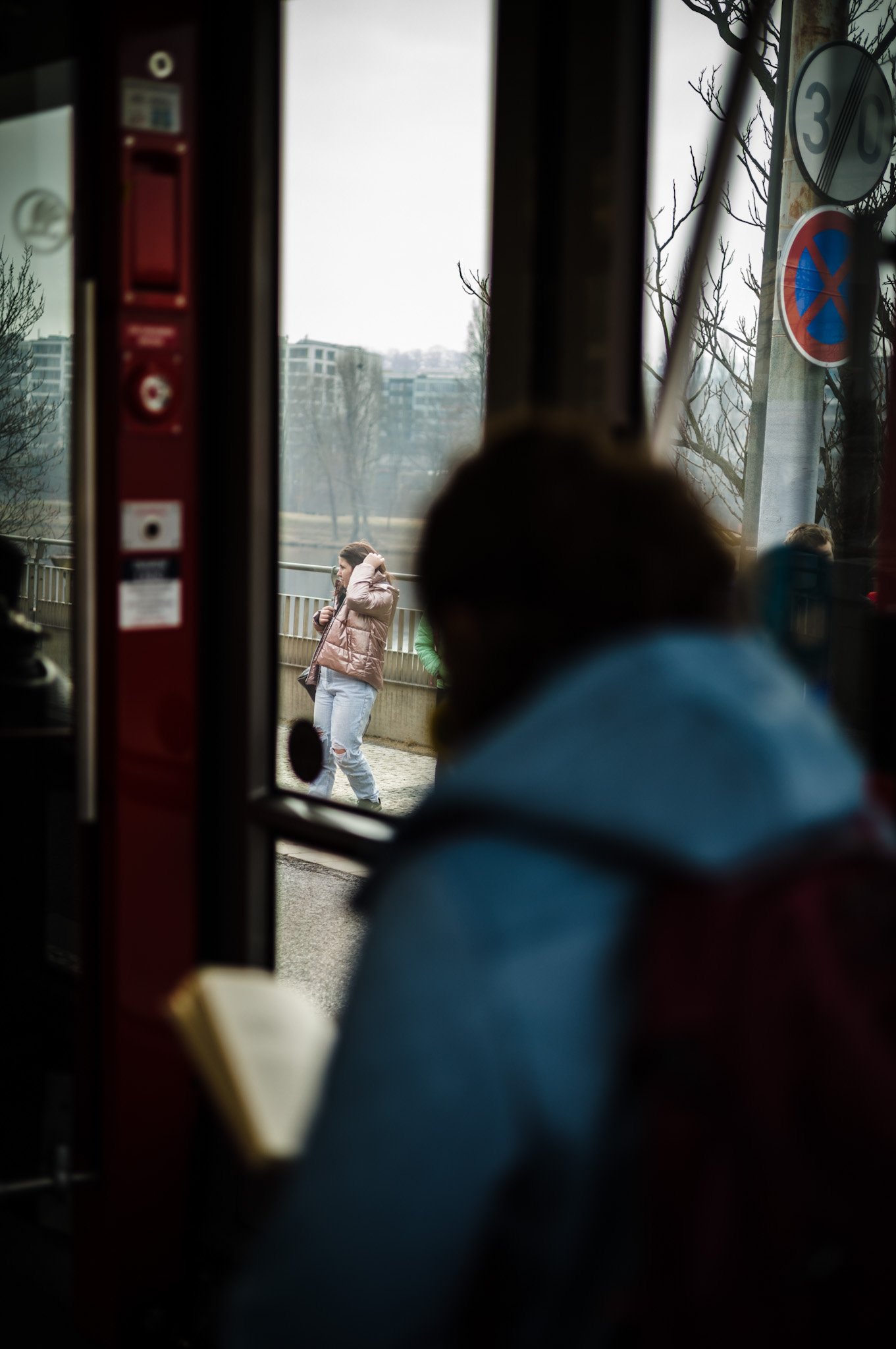Episode 11 of my irregular photo journal - Do I like a Leica?
I’ve always been a bit of a Leica hater. Let me explain though. I can appreciate the precise engineering, I do understand the appeal of the purest form of photography available in the modern age, and I absolutely get the advantages of the rangefinder system. But definitely not for the prices set by Leica. They can take stellar photographs. But so can many other cameras for a fraction of the price with a plethora of benefits the M-system can only dream of.
Now I’m in no way bashing Leica users and enthusiasts. You do you. If you love it and it works well for you then great! Keep creating and have fun! Even if you’re not even taking any images and just admiring the build. Everyone should be happy with what their niche is and I’m all for it. The Leica niche just is not for me. At all. I am interested in getting the best possible image in any situation without the camera limiting me in any way for the best possible value for money. And I don’t just mean the autofocus, or lack thereof, which is most likely the biggest issue many photographers would find with the cameras.
Well even with what I’ve just said I still kept an open mind. After all, Leica is still a dream camera of many photographers who believe that once they manage to get one of these, their photography is suddenly going to ascend to a whole new level. They are often wrong. But I wanted to see for myself first. So I borrowed the brand new 60 megapixel Leica M11 with a 50 mm f/2 Leica Summicron lens (I believe it was the 4th generation one) and used it exclusively for a week.
The first thing I noticed was the build quality. Not a single photographer has ever exaggerated when they said these are built so precisely it feels like a luxury item straight out of the box. It really is something else to hold one, but that does not make the image. That is just an added bonus. The viewfinder is large, easy to see through and seriously bright. The parallax does make it a bit tougher for shooting images with, for example, foreground elements used to frame the subject. The simplicity of the exposure controls is indeed lovely and makes me, a Fujifilm user, feel at home. Well, almost. The aperture ring is in the opposite direction to my lenses which took a while to get used to. Not a major issue though. The menu and the button layout are super simple and just work. No fancy bells and whistles to distract you from the scene in front of you.
The manual focus was rarely an issue. The rangefinder system makes it so easy I barely missed any shots. The only images out of focus were either the ones taken on a moving tram since this is a two-handed camera and the ones of subjects moving towards or away from the camera. I’m sure I’d eventually make it work with more practice so I’m not going to hate on it here.
A very important factor of a camera is of course the image quality. And whilst the M11 produces great images they’re nothing spectacular to rave about. It does make perfect sense though. There are so many amazing cameras on the market today that it’s hard to stand out. I wouldn’t put the M11 files above any current camera to be fair.
With all of that taken into account, I still enjoyed using the M11, but I guess you already understand my stance on the matter.
















